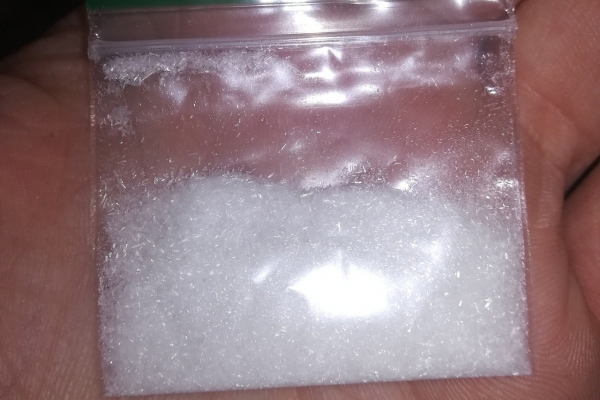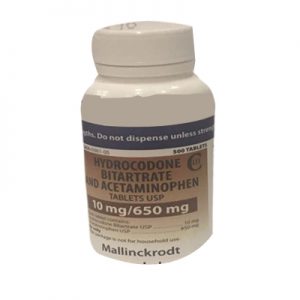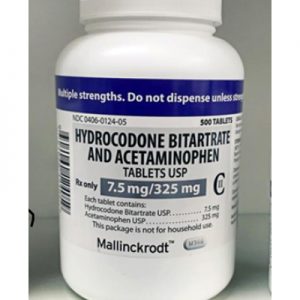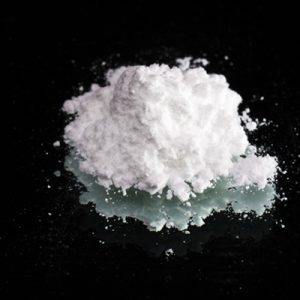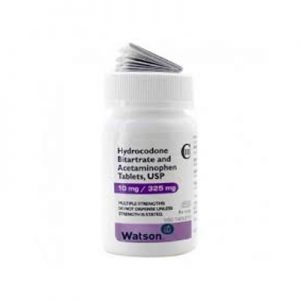Description
Ketamine HCL Crystal, sold under the brand name Ketalar among others, is a medication mainly used for starting and maintaining anesthesia. It induces a trance-like state while providing pain relief, sedation, and memory loss. Other uses include for chronic pain and for sedation in intensive care. Heart function, breathing, and airway reflexes generally remain functional during its effects. Effects typically begin within five minutes when given by injection with the main effects lasting up to 25 minutes.
Common side-effects include psychological reactions as the medication wears off. These reactions may include agitation, confusion, or hallucinations. Elevated blood pressure and muscle tremors are relatively common, while low blood pressure and a decrease in breathing are less so. Spasms of the larynx may rarely occur. Ketamine has been classified as an NMDA receptor antagonist but its mechanisms are not well understood as of 2017.
PAIN MANAGEMENT
Ketamine may be used for postoperative pain management. Low doses of Ketamine HCL Crystal may reduce morphine use, nausea, and vomiting after surgery.
It may also be used as an intravenous analgesic with opiates to manage otherwise intractable pain, particularly if this pain is neuropathic. It has the added benefit of counteracting spinal sensitization or wind-up phenomena experienced with chronic pain. At these doses, the psychotropic side-effects are less apparent and well managed with benzodiazepines. Ketamine is an analgesic that is most effective when used alongside a low-dose opioid; because, while it does have analgesic effects by itself, the doses required for adequate pain relief when it is used as the sole analgesic agent are considerably higher and far more likely to produce disorienting side effect. A review article in 2013 concluded, “despite limitations in the breadth and depth of data available, there is evidence that ketamine may be a viable option for treatment-refractory cancer pain”.
Low-dose ketamine is sometimes used in the treatment of complex regional pain syndrome (CRPS). A 2013 systematic review found only low-quality evidence to support the use of ketamine for CRPS.
DEPRESSION
Ketamine has been tested as a rapid-acting antidepressant for treatment-resistant depression in bipolar disorder, and major depressive disorder. Ketamine’s antidepressant effect has a short duration of action. Meta-analyses have shown overwhelming clinical evidence to support the acute efficacy of Ketamine HCL Crystal in severely unwell populations, but lack consensus on optimal dosing and the effect of long-term treatment. Currently, Ketamine HCL Crystal is not approved for the treatment of depression, and so this is an off-label use. As of June 2017, esketamine, the S(+) enantiomer of ketamine, is in phase III clinical trials for intranasal treatment of depression.
Ketamine is given by a single intravenous infusion at doses less than those used in anesthesia, and preliminary data indicate it produces a rapid (within 2 hours) and relatively sustained (about 1–2 weeks long) reduction in symptoms in some people. Initial studies have resulted in interest due to its rapid onset, and because it appears to work by blocking NMDA receptors for glutamate, a different mechanism from most modern antidepressants that operate on other targets.
KETAMINE HCL CRYSTAL SIDE EFFECTS
Ketamine is generally safe for those critically ill, when administered by trained medical professionals. Even in these cases, there are known side effect that include one or more of the following:
- Cardiovascular: abnormal heart rhythms, slow heart rate or fast heart rate, high blood pressure or low blood pressure
- Central nervous system: Ketamine is traditionally avoided in people with or at risk of intracranial hypertension (ICP) due to concerns about ketamine causing increased intracranial pressure. It does not increase ICP more than opioids.
- Dermatologic: Transient reddening of the skin, transient measles-like rash
- Gastrointestinal: reduced appetite, nausea, increased salivation, vomiting
- Local: Pain, eruptions or rashes at the injection site
- Neuromuscular and skeletal: Increased skeletal muscle tone (tonic-clonic movements)
- Ocular: Double vision, increased intraocular pressure, involuntary eye movements, tunnel vision
- Respiratory: Airway obstruction, cessation of breathing, increased bronchial secretions, reduced effort to breathe, spasm of the vocal cords (larynx)
- Other: Anaphylaxis, dependence, emergence reaction
At anesthetic doses, 10–20% of people experience adverse reactions that occur during emergence from anesthesia, reactions that can manifest as seriously as hallucinations and delirium. These reactions may be less common in some people subpopulations, and when administered intramuscularly, and can occur up to 24 hours postoperatively; the chance of this occurring can be reduced by minimizing stimulation to the person during recovery and pretreating with a benzodiazepine, alongside a lower dose of Ketamine HCL Crystal. People who experience severe reactions may require treatment with a small dose of a short- or ultrashort-acting barbiturate.
Tonic–clonic movements are reported at higher anesthetic doses in greater than 10% of people.

